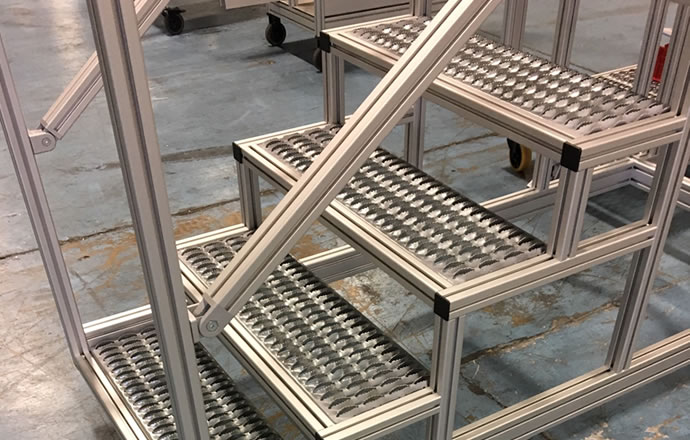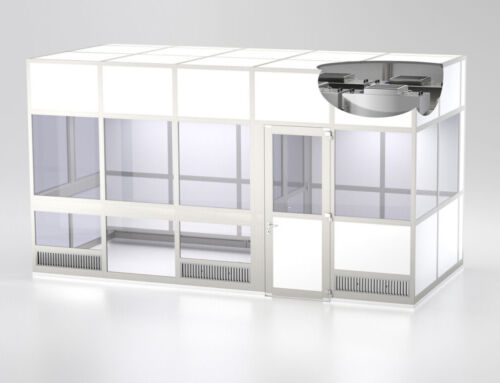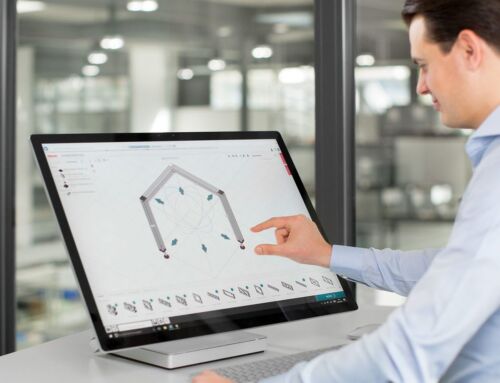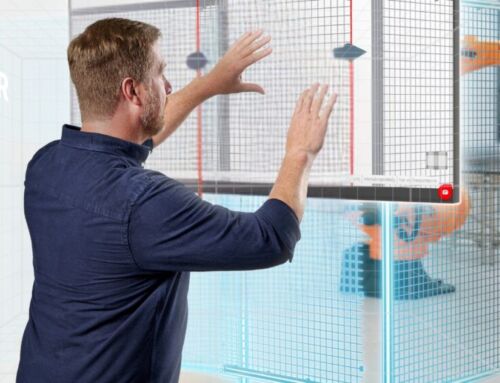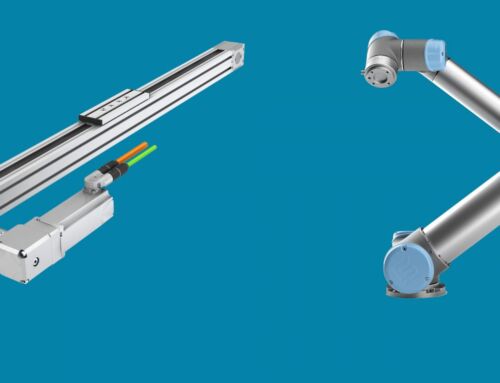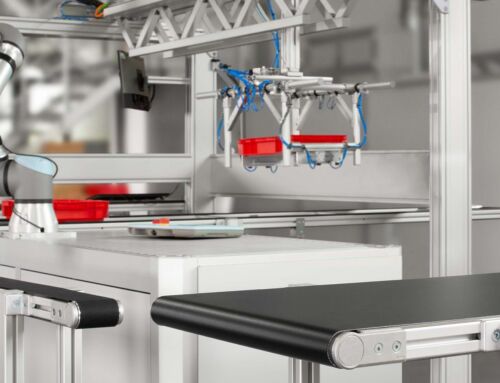Budding engineers from Germany are gearing up for the world’s toughest solar vehicle race.
The Stuart Highway is one of a kind, spanning almost 2700 kilometres from Darwin in the north of Australia all the way to Port Augusta on the southern coast and passing through the often deserted Outback. Since 1987, the Stuart Highway has also been the main location for the World Solar Challenge, arguably the world’s toughest race for solar vehicles. Every two years, solar vehicles compete in this endurance race in three different categories, covering a total distance of more than 3000 kilometres. The overriding aim behind the World Solar Challenge is to promote creative ideas for developing innovative, sustainable mobility concepts based on zero-emissions solar technology. Of course, at its heart, it is also a sporting competition, particularly between teams of university students from across the globe. For those competing in the “Challenger” class, the objective is to build a single-seater, four-wheeled race car that can tackle the entire route using its built-in battery and the energy generated by a solar array no bigger than 4 m² in size.
Team Sonnenwagen Aachen
Inspired by the idea, students at RWTH Aachen University and FH Aachen University of Applied Sciences came together in November 2015 to found their very own team – Team Sonnenwagen Aachen (“Sonnenwagen” meaning “solar car” in German). Guided by the vision of sustainable mobility concepts and knowing that the transition from fossil fuels to renewable energy is achievable, the students’ first major goal was to take part in the World Solar Challenge 2017 with the solar car that gave the team its name. This was no mean feat, as the team had to develop a solar-powered electric vehicle that complied with the regulations, not to mention master the logistics involved in competing in a race on a continent more than 14,000 kilometres away.
As it was gearing up for its first World Solar Challenge, Team Sonnenwagen Aachen quickly grew to include more than 45 students from various academic institutes based in Aachen. Besides a broad-based team focused on developing the solar car’s technology, there are also several team members working almost exclusively on coordinating access to the technical infrastructure of individual faculties, seeing to logistics and public relations, or looking after the project’s numerous sponsors. After all, besides the engineering involved in designing a solar vehicle for a race spanning thousands of kilometres, student teams competing in the World Solar Challenge also have to secure funding.
The technology behind the Sonnenwagen
From the very start, energy efficiency has been the number one priority for race car designs in the Challenger category. Although solar cell development has come a long way since the first World Solar Challenge, the organizers have reduced the maximum permissible size of the solar array several times. Optimising air resistance and weight as far as humanly possible is key to ensuring vehicles can run on the scarce supply of energy available during the sometimes cloudy Australian spring. And this is another area where the students’ close ties with their universities really paid off, giving them the opportunity to conduct complex wind tunnel tests to verify the aerodynamic design they had developed in simulations.
Working in close cooperation with specialists in aerodynamics, electrical engineering and mechanics, the team developed a race car with a motor output of 19 hp that can reach a top speed of 130 km/h – the legal limit on Australia’s public highways. Solar cells covering a surface of four square metres can provide up to one kilowatt of power, with the extra battery capacity of five kilowatt hours providing enough to cover a distance of 300 kilometres under ideal conditions. All these factors need to be continuously re-assessed during the race and the pilot needs to factor them into how they drive.
Cruising through Australia with the right strategy
With this in mind, Team Sonnenwagen already began devoting a great deal of time to minimising the element of chance in the race as much as possible in the run-up to the World Solar Challenge 2017. This is the job of the team’s driving strategy group, which takes the solar car on a virtual drive through the Outback way ahead of the actual race and then devises in advance the most energy-efficient way of driving for a range of potential real-life scenarios. During the race, the driving strategy group is responsible for one of the two escort vehicles allowed per team and maintains constant radio contact with the pilot so they can adapt their driving as new power and weather data comes in.
On the road to success
In the end, the fantastic efforts of all team members before and during the one-week racing event secured Team Sonnenwagen great success. Even at the early qualification stage, the team came in at a respectable fifth place overall and, after driving 3022 kilometres at an average speed of 60 km/h, finished the race in Australia as “best newcomer”. Whilst the first version of the Sonnenwagen went on to take third place in the European Solar Challenge 2018 despite adverse weather conditions, a partially reshuffled team has, for quite some time, been working on a top-secret solar car for the World Solar Challenge 2019.
Given the costs involved in taking the road to Darwin, the team is once again reliant on the generous donations of numerous sponsors. item is also lending a hand as a component sponsor, helping the students on their journey towards participating in the world’s toughest solar vehicle race. We will continue to report on the team’s progress, with an upcoming blog post focusing on an innovative solution for transporting the Sonnenwagen that the team has developed using the item Engineeringtool.
Want all the latest updates from the world of item and Team Sonnenwagen Aachen? Well, look no further! Simply subscribe to the item blog by completing the box at the top right!
